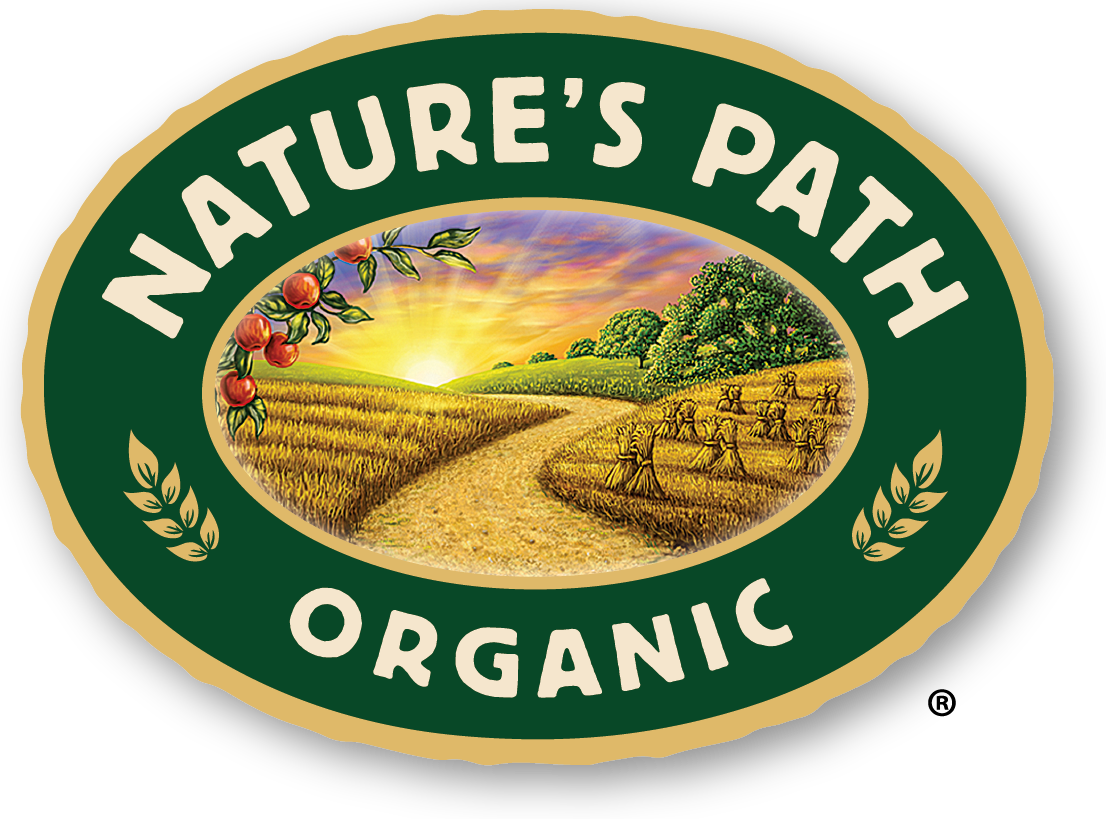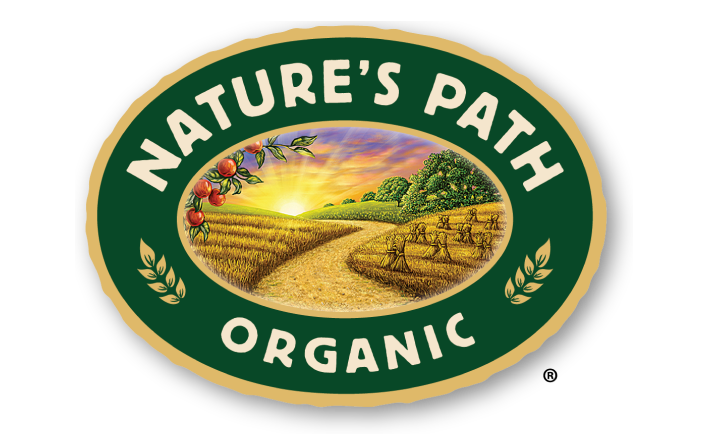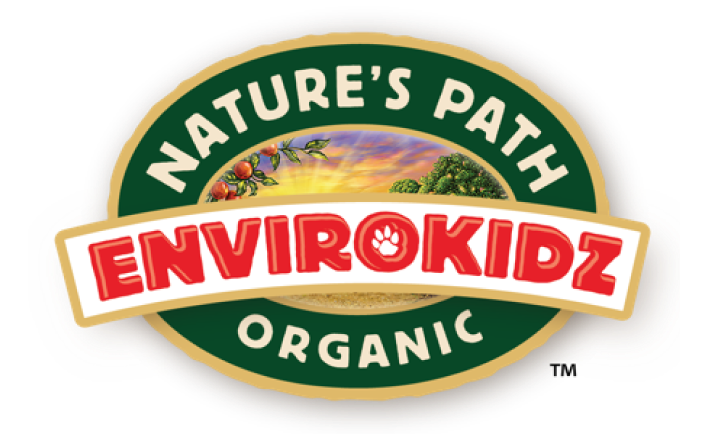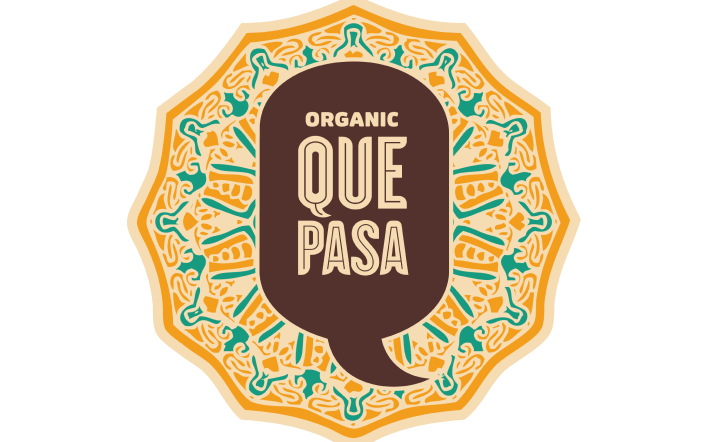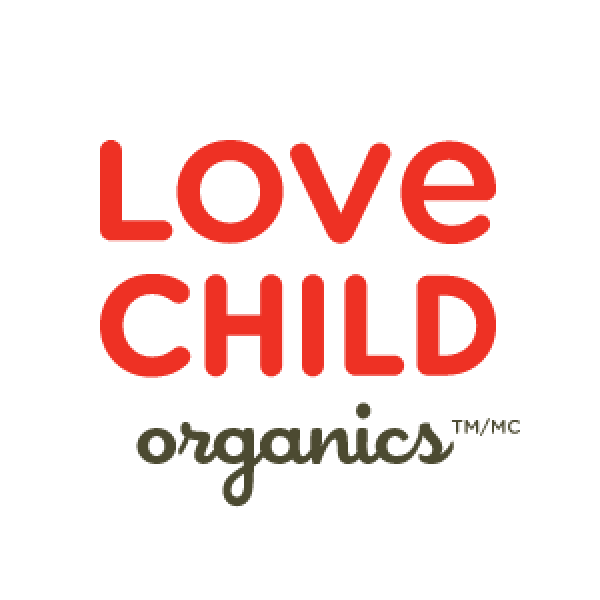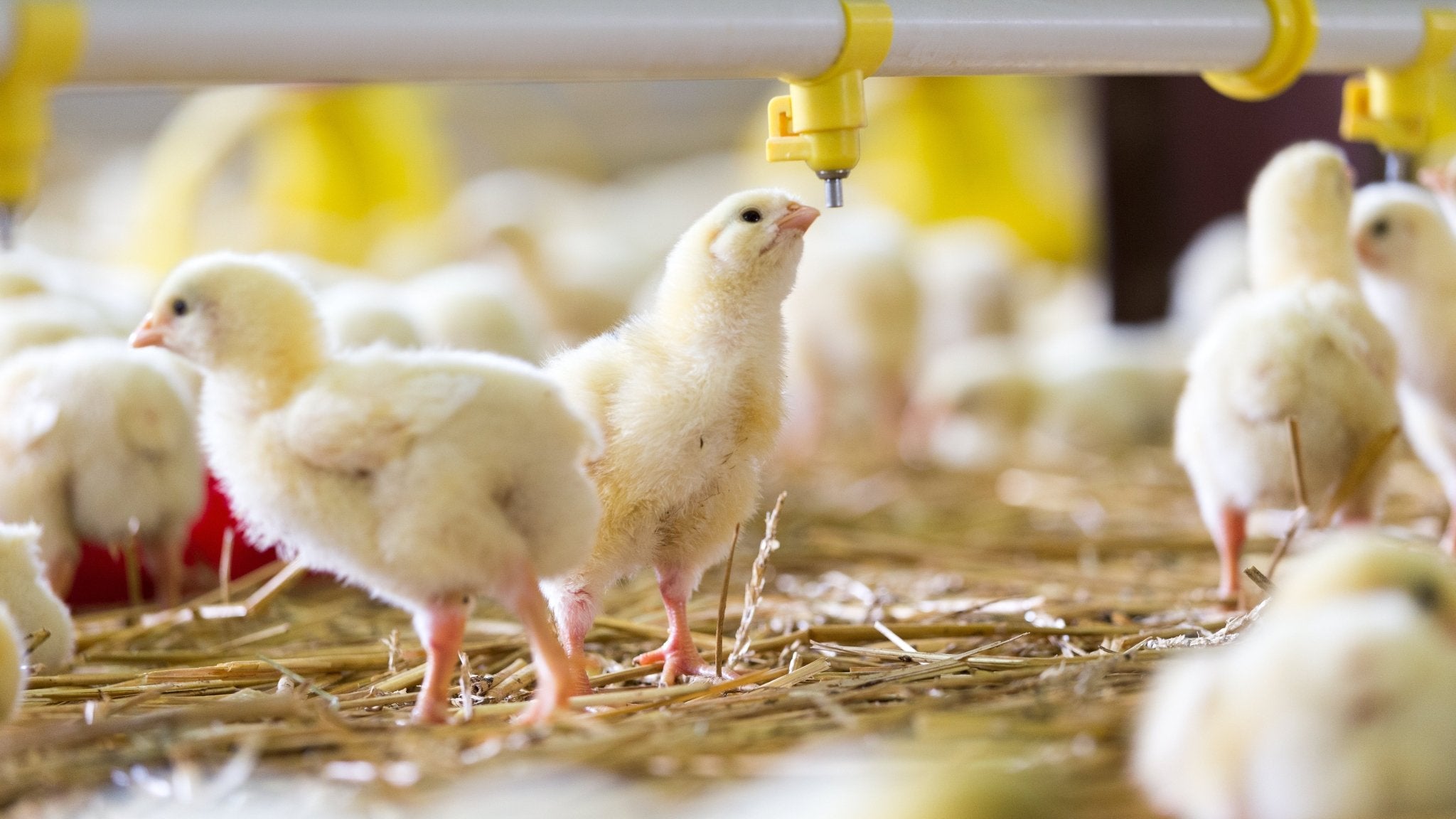
The Impact of Industrialized Animal Agriculture By the Numbers
Tags:
Growing up in the western world, I was exposed to all kinds of different animal products. I was told that each had its reason to be eaten: red meat for protein, milk for calcium, fish for oils, and so on. This era of thought drove demand for such products through the roof.
In a matter of years, classic pasture-style animal farms would become factories of more efficient feeding and slaughtering. Outsourcing the death and exploitation of farm animals, though still on a small scale, was becoming the norm. It opened up the disconnect between farmer and consumer, and made it easy to forget that meat from the grocery store was once a living breathing animal.
Demand continued to grow as time went on. Meat was no longer a daily luxury, it was an expectation, and as time went on, it became essential to a traditional ‘complete’ meal. Farms of a couple dozen grazers or feedlots suddenly became monstrous slaughtering machines, each home to hundreds or thousands of animals. Harmless beings were at the complete submission to their farmers, having no choice but to succumb to their torturous nature. Babies cruelly taken before tasting their mother's milk, mutilation without anesthetic, confined movement, hunger, branding, disease … and yet in the supermarkets, everything appeared cheerful and normal. All that for the sole purpose of satisfying a human craving.
The awful work of turning a living animal into a ready-to-eat product on the shelf had been done behind closed doors. As a consumer, overlooking the pain and torture of eating animals had never been so easy.
Even now as information about the cruel and highly inhumane practices that most farm animals are forced to endure is readily available in books and on the web, many choose to ignore it. It’s the same person that told me to drink my milk and eat my meat that once told me, “ignorance is bliss”. And it’s true, but ignorance in the case of the meat and dairy industry is known as willful blindness.
This harsh reality can be awfully hard to digest, but what makes animal agriculture even more heart-wrenching is the scale at which it’s all happening. Billions of animals are required in order to meet the global demand. That’s billions of animals we are choosing to turn our backs on every single day. The numbers are sometimes so staggering that they can be hard to put in perspective, but when put in comparison with the human population, one might be able to grasp the scale at which meat is produced.
The world's average stock of chickens is 21.4 billion, roughly three per person. The United States and China account for the two largest national chicken populations together at just over 6 billion birds. Roughly 2 billion in the United States and 4 billion in China. That gives the US a whopping 6.2 chickens per American citizen and China nearly 3.2 chickens per Chinese citizen!
Indonesia however, with 255 million people and a stock of 1.7 billion, makes for 6.7 birds per Indonesian. That’s three countries that collectively have more chickens than there are people in the world. Comparatively, the second most populous country, India, sits at 0.56 chickens per citizen. It is important to note, however, that an estimated 30% of India’s total population identifies as vegetarian. Imagine if that were the case for China and the US!
Cows are far less populous in the world, but they require roughly ten times the amount of resources (land, water, food) to be raised than chickens do. So the 1.5 billion head of cattle we have in the world is equivalent to having another 15 billion chickens in existence.
Brazil is first for the most head of cattle to a single nation with 212 million. That’s just over one cow per Brazilian. Brazil has historically had nearly as many head of cattle as they have citizens. It’s important to note that with such a large portion of the country being covered in valuable carbon sequestering rainforest, finding room to continue this trend could have irreversible detrimental consequences.
The US has shown a steady decline in cattle numbers since the 1970s. Back in 1974 when the American population was 214 million, there were 128 million head of cattle. That's about 0.6 cattle per person. In 2014, however, when there were 318 million people in the US, there were only 88 million head of cattle. That’s a decline to almost one quarter of a cow per American. This is a significant improvement to the number of cattle, although this might not indicate any change in diet among Americans. It may actually be due to advances in the industry’s use of growth hormones, which would ultimately lead to shorter, lower quality of life for the cows.
At what point will we stop and realize that this is simply not a sustainable way of eating? With the human population expected to exceed 8 billion by 2023, we will have lots of mouths to feed. The fact is, though, that we’ll be able to do so. Producing food has never been so efficient. We produce enough to feed the world right now, but we simply don’t distribute it evenly. Even as hunger and malnutrition devastate the world, we choose to feed much of our crops to livestock. We feed significantly more food to livestock than what we get in return. For example, one pound of beef requires roughly 2500 gallons of water and 12 pounds of grain to produce. In what way is that sustainable?
The good news is that livestock numbers are dropping in many places. My research was gathered using the results of a Food and Agriculture Organization of the United Nations (FAO) survey conducted in 2014. When compared to the results of the same survey done back in 2009, head of cattle, chickens, and pigs have dropped. Although it’s only a very small amount it’s still enough progress to garner hope for the future.
Would you like to be the first to hear about our new products and more? Sign up for our Nature’s Path Newsletter.
